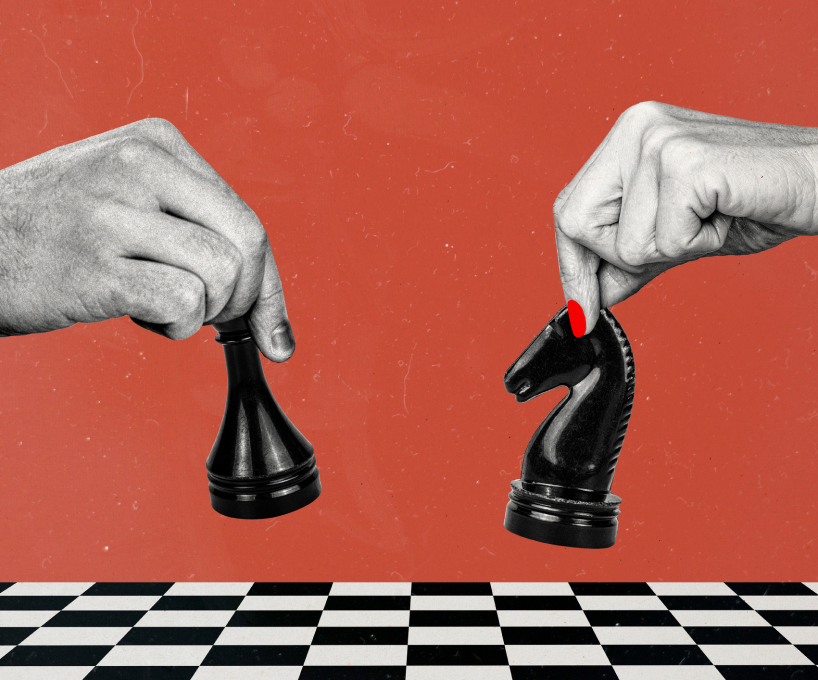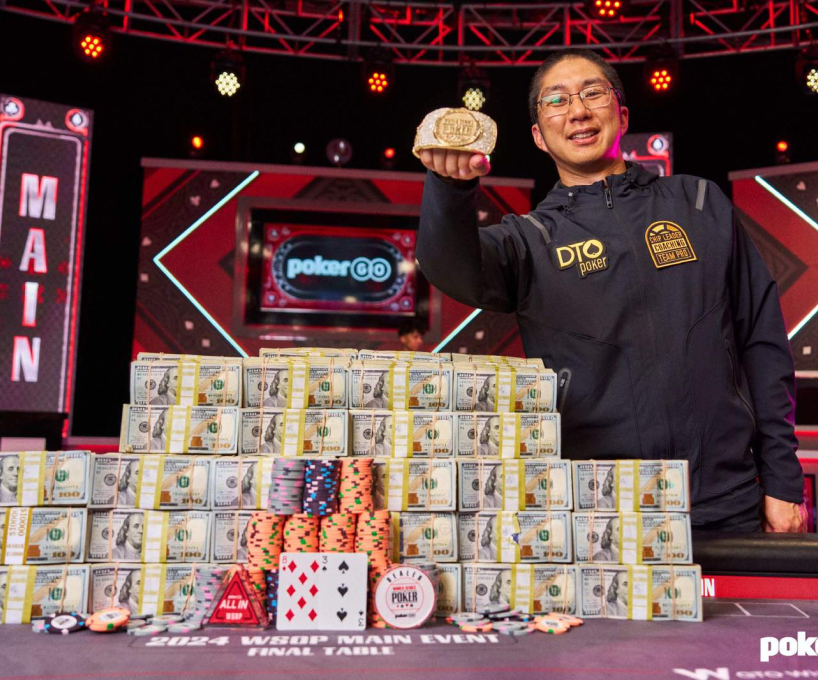
Poker Vs Chess: Which One’s The Real Test of Skill?
Poker's depth and complexity are a constant joy. But chess is an order of magnitude more complex.Players Lounge

Hi readers! Today, we’re starting off with a one-question quiz.
Q: Is a button straddle, in which the preflop action starts with the small blind, terrible for a poker game?
A: Yes, absolutely.
Allow me to elaborate…
You’re familiar with what a straddle is: a player at the table puts in twice the big blind, dead, before the cards are dealt. For one hand, this doubles the stakes of the game. Originally, that person was the under-the-gun player (UTG), who would normally act first before the flop. It’s effectively a third blind, and the player to UTG’s left acts first. So far, so good.
Somewhere in the dusty annals of the game, somebody thought it would be fun to allow any player at the table to straddle. Don’t ask me why—I can’t think of a good reason. Well, the next thing you know, the button got first choice to put in the straddle. To make the train wreck worse, poker room managers decided to have the player immediately to the straddler’s left act first before the flop (the sane choice is to have UTG act first, regardless of where the straddle is).
And here we are—in poker rooms all over the United States, the “normal” straddle is on the button, and the small blind acts first. Here’s the Alanis Morrisette-worthy irony of the situation—all of this is intended to “create action.” In fact, it should, and does, kill the action.
We all know being in the blinds is miserable—you have to put dead money in the pot before any cards are dealt, and you are in the worst two positions throughout most of the hand. But there’s one tiny silver lining to that misery: preflop, you get to act last (if you’re the big blind) or penultimately (if you’re the small blind). Small consolation, I know, but it’s something.
The button straddle snatches away that one silver lining, meaning the blinds are in the worst positions not only post-flop, but preflop as well. Meaning as tight as they should play in general (which is extremely), in a button straddle situation, they should play even more tightly.
I have a friend who’s a very smart, very good, professional player. He hates the “small-blind-acts-first” button straddle for all the reasons I do. Asked how tightly one should play in the blinds in such a situation, he replied, “UTG tight.”
Actually, I think you should play tighter than you play UTG. Here’s why…
If you’re UTG at a nine-handed table, you have to get past six players who will have position on you after the flop. But if you can get them gone, and one or both of the blinds calls, life is pretty good—you’re going to act last for the rest of the hand. If we arbitrarily assume all players have an equally likely chance of calling your UTG raise, and we assume a single person calls, then there’s a 25% chance you’ll be acting last after the flop. I realize those are big assumptions, but in fact, most people “defend” their blinds more than they should—a 25% chance of having the effective button post-flop may be conservative.
But if you’re the small blind in a button-straddle game, you have no such chance—you are sentenced to act first every single street. So, you should tighten up even more.
It gets worse. Consider the blinds in a normal nine-handed game, when the UTG player opens raises. Yes, they will have to play out-of-position, but they have the consolation of acting last and getting better pot odds to call. If the button straddles, she is getting a better price to call also, but she knows with certainty that she will act last the rest of the hand.
It gets worse. In a normal nine-handed game, if the button calls a UTG raise, she still has to worry about one of the blinds deciding to squeeze behind her. This forces her to be at least a bit more conservative in the hands she’ll play. But if she has put in the straddle, the blinds have already acted! She gets a better price to call, knows she’s going to act last throughout the hand, and is closing the action preflop. She can call extremely widely, making it near-impossible for a raise from the blinds to win the hand without a flop.
Thus, the blinds in a button-straddle game must play absurdly tight, and almost always forfeit their preflop investment.
“Create action?” Please, don’t make me laugh.
Few players correctly tighten up in the blinds as they should. Be in the minority and get drumhead-tight. Take your UTG opening range and shrink it.
Do not—as many players do—try to limp in from the blinds. All you’re doing is bloating an already bloated pot (three blinds instead of two) and creating a big juicy pile of dead money for later-acting players to pounce on with a massive raise, which you can’t correctly call.
Also, straddles often turn into preflop limp-fests. The early position players sense things are grimmer than usual, which scares them away from raising, but they can’t bring themselves to fold, so they choose the worst possible option—they call. If you see a handful of people limping in, punish them. Suppose it’s a 2/5 NLHE game with a button straddle to 10. Both blinds and a middle position player limp for 10. That’s 47 in the pot. Raise it to 75 (yes, 7.5 effective big blinds)—you don’t have to win the pot preflop very often to make that a profitable play.
Button straddles where the blinds act first are awful for a poker game, but if that’s the hand you’re dealt, then play it well:
And don’t forget to tell the poker room manager how terrible such a structure is.
Lee Jones has been in the poker industry for over 30 years. He writes at the Global Poker blog, plays poker every chance he gets, and coaches poker. You can contact him at www.leejones.com.

Poker's depth and complexity are a constant joy. But chess is an order of magnitude more complex.Players Lounge

Poker has long been known for its cohort of impressive professionals , but there are a few who have faded into the background — here are a few of them!
Players Lounge

Explore the journey, triumphs, and strategies that led Craig "@ChipsMaxwell" S, to become the Global Poker x PokerNews Cup 2023 Sweeps Coin champion.
Players Lounge